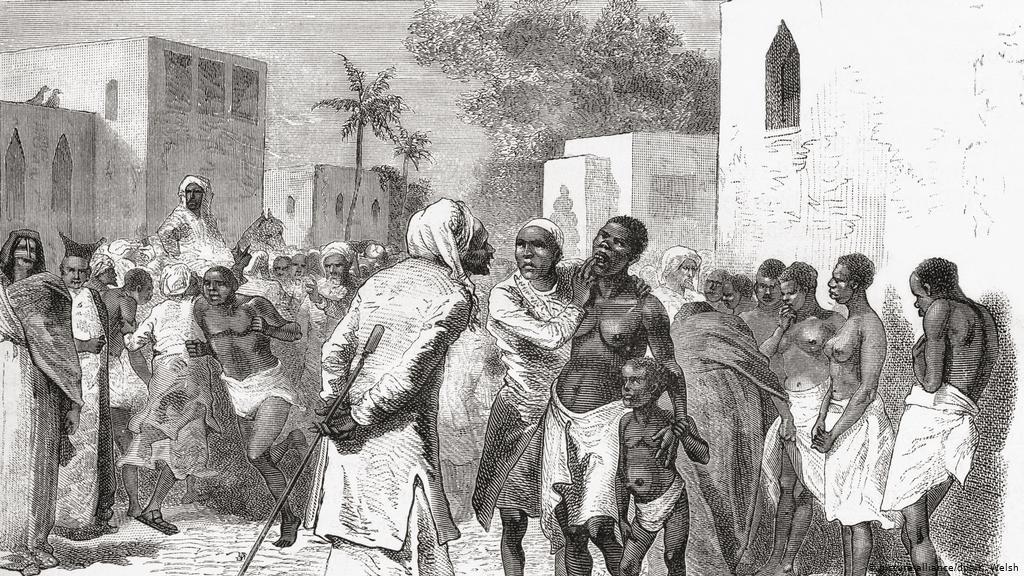RELIGIOUS PRACTICE: SEX SLAVERY
- (Relevant for Sociology Syllabus: Paper 1 – Religion and Society )
- (Relevant for GS Syllabus: Paper 1- Poverty and Developmental Issues)
BANNED IN 1988, THIS ‘RELIGIOUS’ PRACTICE STILL FORCES TELANGANA’S DALIT WOMEN INTO SEX SLAVERY
- The rescue of a 25-yr-old woman last month has once again brought focus on a centuries-old practice that has morphed into a social evil whose victims suffer deeply.
- Hyderabad: Just last month, the district administration in Nizamabad, Telangana, rescued a 25-year-old woman from being converted into a ‘jogini’, or the victim of an illegal practice that pushes women into sex slavery under the veil of faith.
- The woman is a member of the Madiga community, which is classified as a Scheduled Caste (SC) in Telangana. She belongs to a poor family and her mother, who also has a son with disabilities, wanted to sacrifice her as a jogini to ensure she provided for them with whatever she got from her “patrons”.
- Following her rescue, the authorities refused to hand over the woman to her mother until the latter agreed to not push her into this practice. After counselling, the woman married a man from the same community.
- Jogini is a centuries-old practice where girls as young as 12 years old — mostly from the marginalised Dalit-Bahujan communities — are married off to the local village deity as part of a religious belief. The families, most of them extremely poor, believe the ritual will please the gods, who will then improve their lives.
- In the early days, the primary duty of a jogini — also known as ‘devadasi’ and considered property of the temple — would be to indulge in cultural activities related to the shrine. In the following centuries, it morphed into something completely different, and the joginis were obligated to cater to the sexual needs of temple patrons, village heads etc. The ensuing form saw the women forced to cater to every man in their village.
- The practice was banned in 1988 by the erstwhile Andhra Pradesh government, which said this about the practice: “However pure in its origin, (the practice) leads many of the women so dedicated to degradation and to evils like prostitution.”
- However, 32 years later, say activists, this system is very much alive in many pockets of Telangana. According to Operation Mercy India (OMI), an NGO working to abolish the jogini system in the state, it encounters at least 15 such cases every year. They suspect the number could be higher in the state’s interiors and the cases are probably not reported. Banned in 1988, this ‘religious’ practice still forces Telangana’s Dalit women into sex slavery.
- OMI Director Beryl D’Souza said that, scared of penalty, families often turn their daughters over to the ritual without invoking its name. In 2019, she told ThePrint, the organisation rescued a few pregnant teenagers who were “silent victims of this practice”.
SEEKING BENEFITS
- In 2010, a one-man commission formed by the erstwhile Andhra Pradesh government estimated that there were around 80,000 joginis in the then united state. Around 50,000 of them were believed to be in areas that now constitute Telangana.
- As part of its report, the commission offered recommendations on rehabilitating these women, including free medical aid, two acres of fertile land, a separate fund, and a committee dedicated to their welfare.
- Ten years later, hardly any of these suggestions have been implemented, say the activists.
- For decades, the joginis in Telangana have been demanding a separate budget for themselves from the government, apart from representation in local government, and a separate commission to address their concerns. It was after years of struggle, the activists say, that joginis were accorded state pension of Rs 2,000 in the ‘single women category’ by the previous government.
- “It was after a lot of struggle and protest that the previous government agreed to give us pension. We’re married to local gods — they won’t die and we cannot become widows, so we did not qualify for pension. Can we write god’s name as our husband in our documents?” Hajjamma said.
- Added Grace Nirmala, an activist who has worked with joginis for the past 25 years: “All we want is that jogini women should get into mainstream lives. They’re shunned and ostracised — we want them to have a life like any other woman. They should be able to work, given dignity, avail all benefits from the state government etc. This is possible when the government forms a separate commission and addresses the concerns.”
- ThePrint reached the office of Telangana Women and Child Welfare Minister Satyavathi Rathod by text with queries for this report, but was yet to receive a response by the time of publishing.
- Two years ago, the Telangana government was reportedly considering adding joginis as beneficiaries of a housing scheme that would have assured them a 2-BHK accommodation. But the offer has yet to materialise.
- “There is no government order on that yet, but we’ve asked the local collectors to start including them in the list of beneficiaries,” Telangana SC/ST Commission Chairman Errolla Srinivas told ThePrint.
- A month ago, the commission also asked district collectors to send reports on the status of joginis and the practice in their jurisdiction, but the reports are yet to be received, said Srinivas.
- “As far as we know, there are hardly any cases being reported these days. I don’t think the practice is still continuing… There is awareness among people,” Srinivas added.
- However, D’Souza of OMI said the number of joginis in Telangana right now may be as high as 70,000.
- Activists say poor enforcement of the law is one of the main reasons the system is still practised. In the first 20 years of the ban, the erstwhile Andhra Pradesh Police “hardly registered 25 such cases”, according to the OMI.
- Speaking to ThePrint, many activists recalled incidents where the entire village allegedly tried to attack them for trying to stop someone from being pushed into this practice.
- “There are a few areas in Telangana where local police have been extremely helpful to us in fighting this system. In Mahbubnagar and Narayanpet, we’re receiving a lot of help from the district administration, but a lot more needs to be done,” Beryl D’Souza said.
- Andhra Pradesh, Nirmala said, has done fairly better in dealing with the crisis. Two years ago, she added, a survey was submitted to the Andhra government, highlighting the plight of 10,000 joginis in the state. The government immediately took note and is working on chalking out specialised schemes for joginis in Andhra, said Nirmala.
WHY NEWS MEDIA IS IN CRISIS & HOW YOU CAN FIX IT
- India needs free, fair, non-hyphenated and questioning journalism even more as it faces multiple crises.
- But the news media is in a crisis of its own. There have been brutal layoffs and pay-cuts. The best of journalism is shrinking, yielding to crude prime-time spectacle.
- ThePrint has the finest young reporters, columnists and editors working for it. Sustaining journalism of this quality needs smart and thinking people like you to pay for it. Whether you live in India or overseas, you can do it here.


